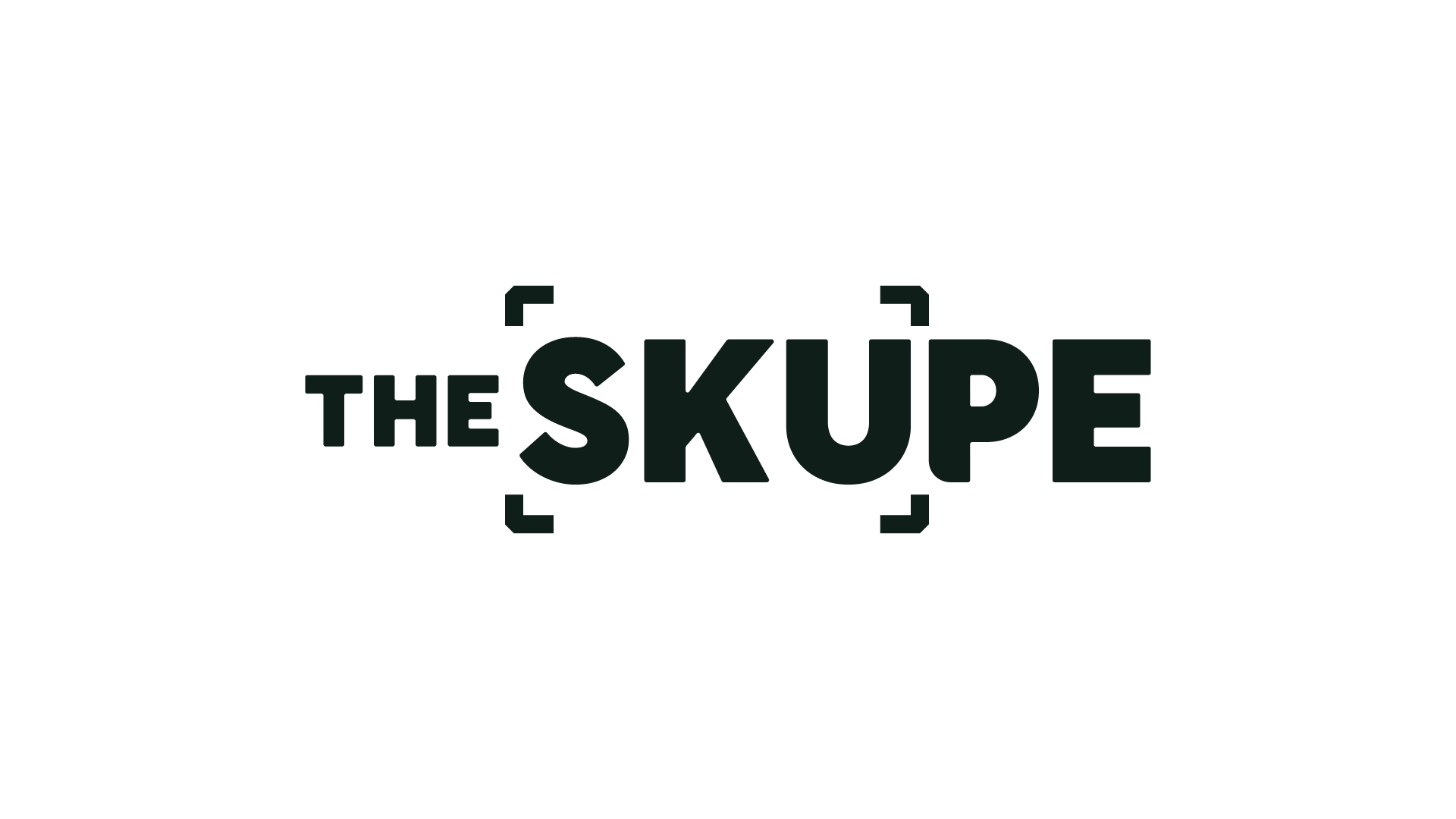Inventory strategy check
Plus: 50 richest self-made women | SKIMS co-founder on building bold

Dollars and sense. From accounting to inventory management, retail is driven by multiple operational functions. But are some better than others? We'll dive into this, plus brand field trips, the world's 50 richest women and the man behind Kim Kardashian's SKIMS.
Also this week, we talk to SHAN founder Chantal Levesque about how she built a warm-weather business in snowy Canada and the world she creates in her retail stores. Let's get started.

That’s rich. Forbes’ latest list tracks the 50 richest self-made women.
Catfight: Teen retailer Brandy Melville sues Shein for copyright infringement.
Pop culture. Adidas’ Samuel L. Jackson campaign unites sports, music, fashion.
Experiential marketing. WNBA’s Valkyries do literal Sephora drops during halftime.
It’s baaaack. Instead of selling, TikTok will create a U.S.-only version of the app.

How a luxury resortwear label is blooming and booming in Canada
When Chantal Levesque founded Canadian luxury label SHAN 40 years ago, no one thought designing resort wear in snowy Montreal was a natural thing to do. Today, the company has an international wholesale network of more than 850 stores in 35 countries and seven of its own stores in the U.S. and Canada. Levesque, president and head designer, shares her creative and retail philosophy along with how SHAN is handling tariffs. —Marcy Medina
What’s it like designing resort wear in a cold-weather city?
Resort wear and swimwear have been at the heart of our brand since day one. We initially started out focused almost exclusively on swimwear, which allowed us to develop a deep expertise in fabric, fit and function specific to that category. It wasn’t until 2019 that we began creating full ready-to-wear collections.
There’s definitely a challenge in designing for warmth and leisure when you’re surrounded by snow boots and parkas, but it also makes the creative process feel a bit magical. We’re not just designing clothes; we’re transporting ourselves to another place entirely. That ability to mentally “escape” into a collection is a skill we’ve honed, and I believe it gives our pieces a certain depth and intention.When the collection is finalized and we finally get to travel for the campaign photoshoot, usually somewhere sunny and lush. It’s like the work comes full circle.
What kind of experience do you try to create in your retail stores?
While our wholesale business represents the majority of our revenue, our own retail stores are incredibly important. They’re more than just points of sale—they’re immersive spaces where customers can truly connect with the SHAN philosophy.
We’ve always had a strong affinity with East Coast resort destinations, which is why we opened our own retail stores in Miami Beach, Palm Beach and East Hampton. These cities are year-round communities filled with women who appreciate understated luxury, high-quality materials and effortless dressing.
Every detail in our stores is carefully considered. From the minimalist design and architecture to the curated music and the personalized customer service, everything is designed to create a serene, luxurious and memorable shopping experience. When someone walks into a SHAN store, we want them to feel a sense of calm, elegance and discovery.
While many claim “retail is dead,” I believe the opposite—retail is evolving. Customers no longer go to stores just to buy product; they go for the experience, the storytelling and the connection. It’s an opportunity to showcase the craftsmanship, values and personality behind the brand in a way that no online platform can replicate.
How are tariffs affecting business?
When the new tariff policies were first introduced, like many other entrepreneurs, we were concerned. The uncertainty was unsettling, and we began to assess the potential financial and logistical impacts on our U.S. clients. We spent a lot of time analyzing the situation and planning for ways to mitigate any negative effects.
However, once the details became clearer, we realized we were actually in a relatively strong position. Many of our competitors manufacture in Asia or countries where labor is cheaper—but those countries were hit with significantly higher tariffs. In contrast, all of our products are proudly made in Canada, in our own manufacturing facilities. We control the production process from start to finish and also manage the logistics and shipping internally.
As a result, we weren’t subject to the same steep tariff increases, which gave us a significant competitive advantage. In fact, it’s the first time since our inception that manufacturing in Canada has positioned us ahead in terms of cost efficiency. Over the past few months, we’ve actually seen an increase in U.S. orders, as more retailers are looking for suppliers who can deliver high-quality products without the added tariff burden.

Which is better, retail inventory method or cost accounting?
The century-old accounting practice known as the retail inventory method (RIM) may be throwing off books at major retailers like Walmart, Target and Kohl’s. RIM uses a cost complement—a ratio of the cost of goods available divided by the retail price of goods available. All inventory, including items unaffected by tariffs, is subject to the ratio, meaning margins fluctuate wildly as tariffs move up and down. Cost accounting instead uses the actual cost of goods at the item level. This provides tariffs’ impact on margins, cost of goods sold and inventory valuation only for the stock hit by the import duties.
Why this matters: Because gross margins factor into buyers’ evaluations and compensation, RIM often plays a part in buying behavior at apparel retailers and department stores. A sudden revaluation due to tariffs can throw off inventory planning. This is less of an issue for smaller retailers who are willing and able to quickly adjust prices, so agility is key, but cost accounting may make more sense in the current climate. (Retail Dive)
Behind the scenes, order fulfillment is CX’s secret weapon
Small business entrepreneur Hassan Mansoor is the founder of a digital marketing agency whose primary focus is to help small business owners grow their businesses online. He believes that order fulfillment, which many see as a purely operational function, can also be a huge weapon for customer experience (CX). “In reality, it’s the most visible part of the brand for most customers—packaging, timing, accuracy and returns all shape how a customer feels about the company. It’s not something that happens after the customer journey. It is the customer journey,” he says.
Why this matters: “The companies leading in retention and loyalty today aren’t just running better marketing—they’ve made backend performance a core part of the brand experience,” Mansoor adds. His tips for aligning fulfillment and CX: start with visibility; build for predictability; create a feedback loop between operations and CX; tie incentives to consumer-facing outcomes. (Customer Think)

De minimis exemption to end in 2027 as part of Trump’s bill
Vietnam trade deal has some retailers breathing sigh of relief
Brand “field trips” are latest play for fashion transparency
Ulta uses its salon services to increase sales via brand partnerships
Beauty brands are doubling down on Prime Day

SKIMS co-founder on timing, product and partnering with Kim Kardashian
Serial entrepreneur Jens Grede knows a thing or two about how to launch a successful brand: he’s behind FRAME, Good American and SKIMS. Product is king. “Product is omnipotent. It's number one, two and three. And everything else we do is just to aid the awareness and selling of that product…Years before we launched [SKIMS], we started in product development, really going all the way down to raw material, thinking about how can I bring a product at an exceptional quality and feel at an affordable price,” he says. It was Kim Kardashian’s aesthetic and his grasp of what was missing in the market that led to SKIMS, now valued at $4B.
“I always say that you have to create a product so great that you will still get to the same place with or without marketing, just on the strength of the product alone. Sometimes when I've hired people into marketing functions, the trick question is for them to tell me the last ad campaign they saw from Tesla. They struggle with that question because Tesla doesn't make advertising. It certainly hasn't stopped them." –Jens Grede, Co-founder, SKIMS
Why this matters: Grede’s nuggets to live by: “You shouldn't get high on your own supply. You certainly shouldn't get too in love with what you're doing.” Instead, listen to customer feedback. And timing is everything. “When it comes to disruption in consumer, and especially retail, it’s more connected to changes in supply chain and consumer taste than the brand itself. It's not that a brand comes along and then the world shifts or mobilizes around the brand. It's far more common that changes are happening and the brand is in the right place at the right time.” Listen to the podcast here.

Don’t be on this list: The world’s most common passwords
Let this be a cybersecurity PSA: Update your password. A NordPass analysis found that the most-used password, “123456,” was used over 3 million times, making its users vulnerable to hacks. In fact, six of the top 10 passwords are purely numeric, and they’re very easy for hackers to guess using brute-force attacks, which take a matter of seconds. Along with numbers, users often rely on keyboard sequences like “qwerty” or common words like “password” and “secret.” While these may be easy to remember, they’re also easy targets.
Why this matters: NordPass advises to never reuse passwords. If one account were to be compromised, other accounts with the same password could also be at risk. According to NordPass, your password should be at least 20 characters long and include uppercase and lowercase letters, numbers, and special symbols (e.g. @#$%). Some browsers, such as Safari or Google Chrome, can also suggest and remember strong passwords for you. (Visual Capitalist)

Thanks for reading this week's edition!
You can reach the newsletter team at theskupe@mynewsletter.co. We enjoy hearing from you.
Interested in advertising? Email us at newslettersales@mvfglobal.com
The SKUpe is curated and written by Marcy Medina and edited by Bianca Prieto.





Comments ()